Easy Batik Curtains

by
Amanda C, Hometalk Team
(IC: paid contributor)
7 Materials
I love trying my hand at various dyeing techniques. When I saw this faux batik method being used, I had to give it a try! These hand dyed batik curtains can be made the color of your choice and only take a bit of gel Elmer's glue to create a fun and unique pattern! Without having to melt any wax you can get a very "batik" feel on any fabric form!
We want to help you DIY, so some of the materials in this post are linked to sellers. Just so you know, Hometalk may collect a small share of sales from the links on this page.
We want to help you DIY, so some of the materials in this post are linked to sellers. Just so you know, Hometalk may collect a small share of sales from the links on this page.
SUPPLIES:
STEP 1: Draw a pattern with glue
STEP 2: Mix the dye
STEP 3: Dunk your fabric into the bucket
STEP 4: Add soda ash
STEP 5: Take and wring out the top part of the curtain
STEP 6: Add a bit more dye for an ombre effect
STEP 7: Let it sit
STEP 8: Squeeze out your curtain
STEP 9: Rinse your curtain
STEP 10: Scrub away any left over glue pieces.
I must admit this dye turned out WAY brighter than I anticipated. It was meant to be a much more olive like tone. I will probably re-dye it at some point, but I only needed one panel, and I have another left in the package, so I may try another dye color out and see how it goes!
You can see here how the shades increasingly get darker as you reach the bottom of the curtain.
The batik lines turned out pretty well for not using wax! I would love to create an image on something with this method and perhaps paint on the dye to create a portrait of sorts!
Enjoyed the project?
Suggested materials:
- Jacquard Products Jacquard Procion MX Dye, Avocado (Amazon)
- Jacquard Procion MX Fiber Reactive Dye in emerald green (Amazon)
- Soda Ash 1 Pound (2 Pack) (Amazon)
- Bucket (Home Depot)
- Gel Elmer's Glue (Local Craft Store)
- LENDA White Cotton Curtains with tie-backs (Ikea or Amazon)
- Non Iodized Salt (Key Food)
Published January 29th, 2017 5:16 PM
Comments
Join the conversation
2 of 5 comments
-
 Sha25881906
on Sep 23, 2021
Sha25881906
on Sep 23, 2021
I love the look you've achieved.
-
-
 Maryl Bennett
on Nov 12, 2022
Maryl Bennett
on Nov 12, 2022
Thank you such detailed direction! Love how it turned out. I see a summer top and skirt happening!
-





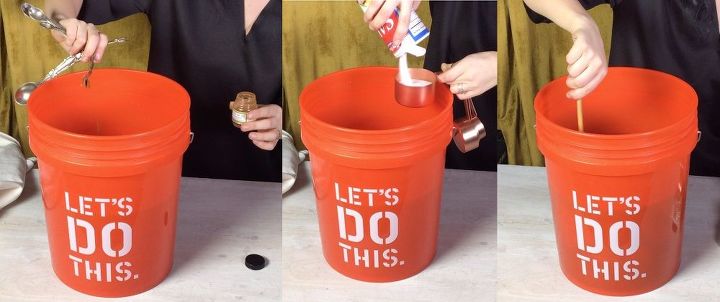











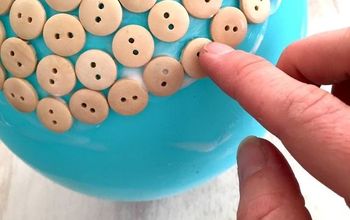






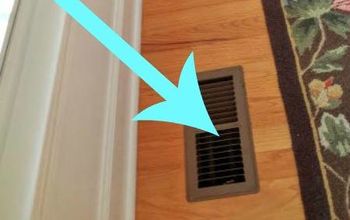

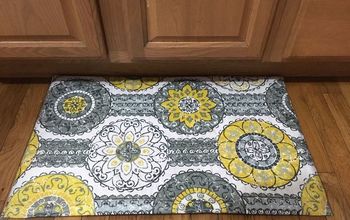
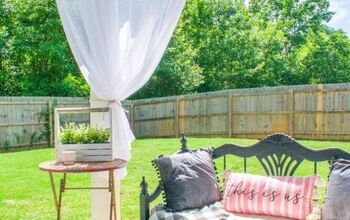
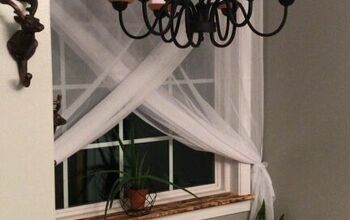
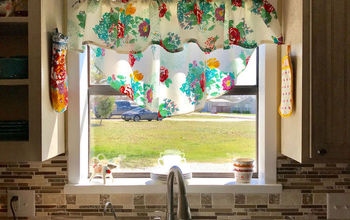

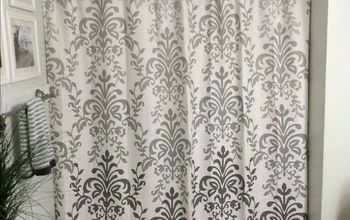


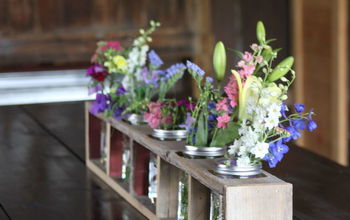
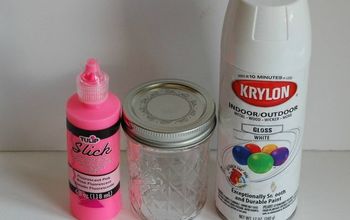


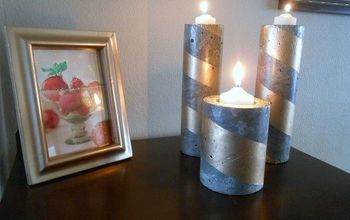
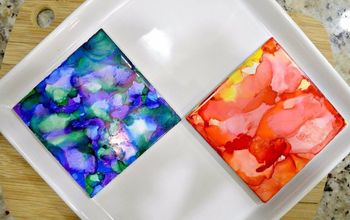
Frequently asked questions
Have a question about this project?